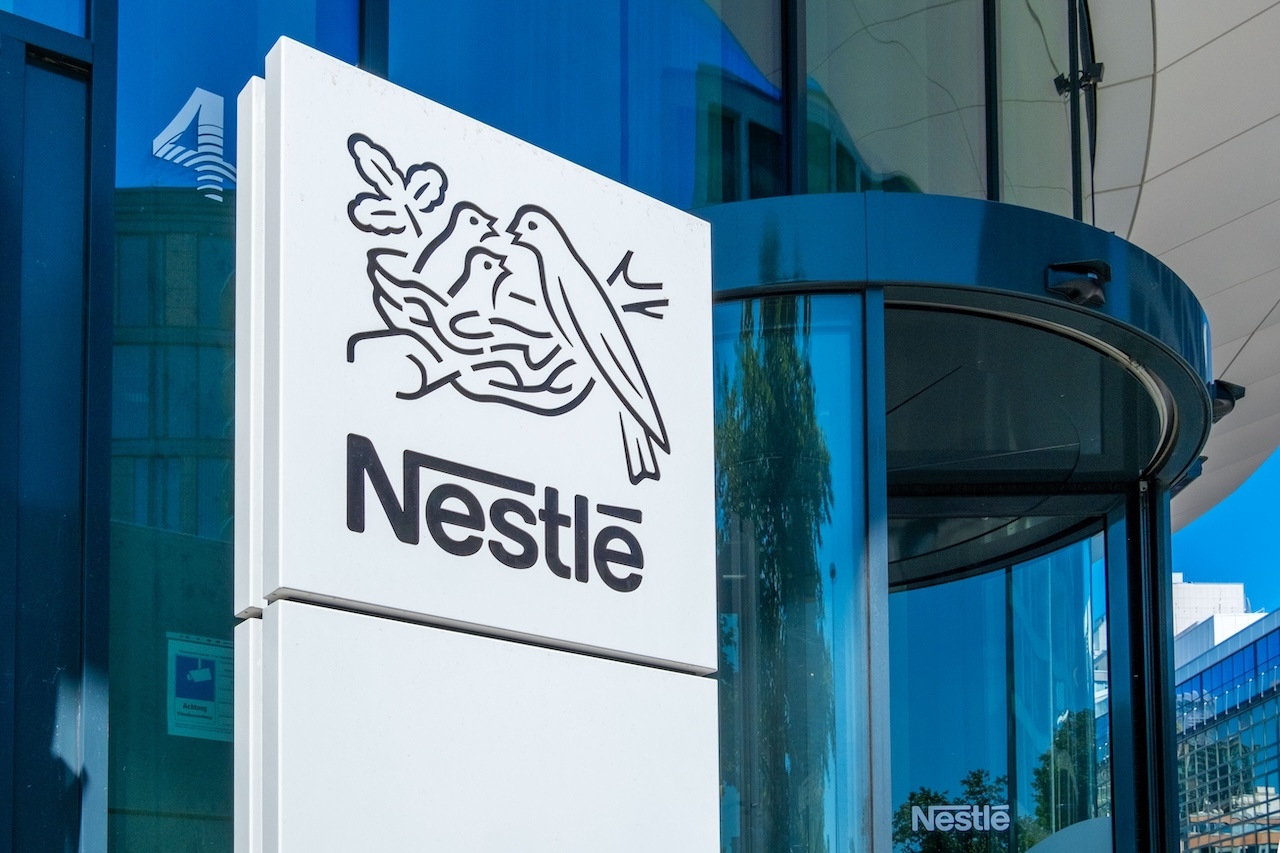The Swiss food giant Nestlé announced on October 16, 2025, a major restructuring plan that will see the elimination of 16,000 jobs worldwide by the end of 2027. The initiative aims to intensify its cost-saving program, “Fuel for Growth,” amid a challenging market environment and ongoing industrial transformation.
Job Cuts and Financial Targets
Of the total job reductions, 4,000 positions will directly affect production and supply chain operations, while the remaining 12,000 will target administrative and managerial roles.
The restructuring seeks to generate 3 billion Swiss francs (approximately €3.24 billion) in savings and strengthen the group’s competitiveness amid global market pressures.
According to the company’s new CEO, Philipp Navratil, who took office in September, these are “difficult but necessary decisions” to adapt the company to volatile cost structures and global logistical challenges. Navratil emphasized plans to simplify industrial processes and boost productivity within the supply chain—a critical segment for a company that employs 277,000 people across more than 180 countries.
Economic Context and Strategic Shift
The plan comes as Nestlé’s revenue fell by 1.9% during the first nine months of 2025, reaching 65.9 billion Swiss francs, despite 3.3% organic growth.
Beyond the financial figures, the restructuring reflects a deep strategic reorientation, focusing on:
- Accelerating factory automation,
- Expanding digitalisation of logistics flows,
- Streamlining distribution networks.
In France, where the company’s commercial workforce has already been reduced by 30% since 2024, the plan is also expected to impact some industrial and transport operations.
This wave of layoffs highlights a broader trend in the global industrial sector: the growing need to achieve maximum operational efficiency to offset rising energy costs and persistent supply chain disruptions. Traditionally viewed as a model of stability, Nestlé is now entering a new era in which its competitiveness will hinge on flexibility, cost control, and technological innovation.






